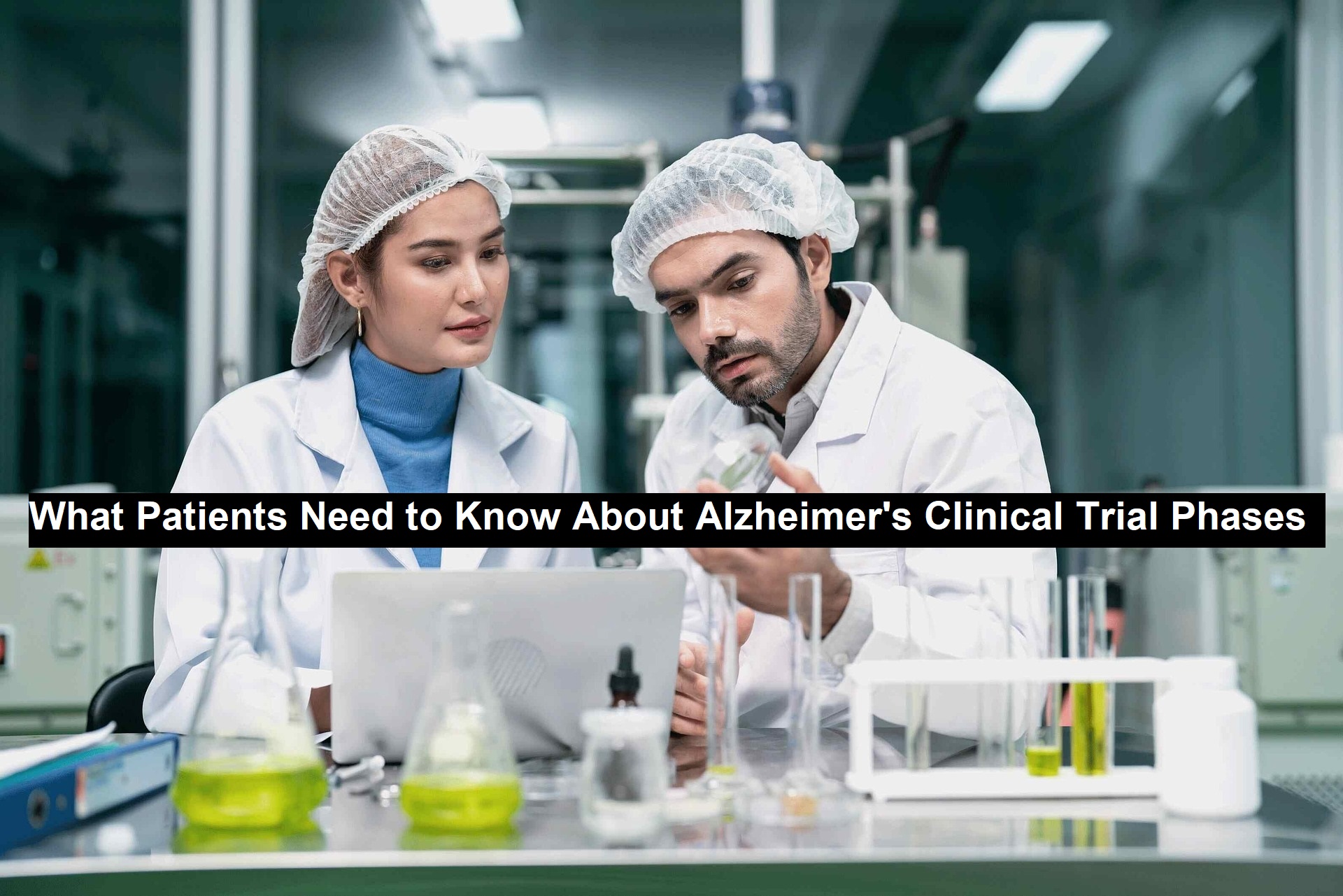Understanding Alzheimer’s Clinical Trials
An Alzheimer’s clinical trial could be the key to unlocking new treatments and improving care for patients battling this disease. These trials test cutting-edge therapies, offering hope for patients and families searching for breakthroughs. From early detection methods to experimental drugs, each phase of a clinical trial serves a unique purpose in the research process.
A family in Ohio, for instance, shared how enrolling their father in a Phase II study gave them peace of mind. While the medication didn’t reverse his symptoms, they felt empowered knowing they contributed to future solutions.
If you’re considering participation, it’s essential to understand the different trial phases. Each stage provides critical insights into safety, effectiveness, and potential side effects. For those exploring options, this Alzheimer’s clinical trial resource offers guidance for families navigating the process.
Breaking Down the Phases
Phase I: Safety First
Phase I focuses on safety. Researchers recruit a small group of healthy volunteers or patients to test the treatment’s safety profile. They monitor side effects, determine dosage, and evaluate how the body processes the drug.
Imagine Jane, a retired teacher diagnosed with mild cognitive impairment. She joined a Phase I trial for a drug targeting protein buildup in the brain. While the dosage was low, Jane felt reassured knowing she contributed to research that could help others.
Phase II: Measuring Effectiveness
Phase II trials test whether the drug actually works. They involve more participants, often hundreds, who have Alzheimer’s or related symptoms. This phase measures the drug’s effectiveness while continuing to monitor side effects.
Mark, whose father was part of a Phase II trial, noticed slower memory loss progression during the study. Although results varied among participants, his experience emphasized the importance of testing treatments on larger groups.
Read: The Importance of Halal Skincare: Products To Adopt Into Your Routine
Phase III: Confirming Results
Phase III studies expand further, recruiting thousands of patients across multiple locations. The focus shifts to confirming the drug’s effectiveness, comparing it to existing treatments, and identifying rare side effects.
A Phase III participant, Emily, shared how being in the trial felt like taking control of her diagnosis. Despite the challenges, she gained access to specialists and additional care that made a difference in her daily life.
Phase IV: Long-Term Insights
Once a treatment receives FDA approval, Phase IV trials monitor its long-term effects. These studies help researchers understand how the drug performs outside controlled environments.
Families often appreciate this phase, as it offers ongoing monitoring and ensures continued improvement in treatment strategies.
Key Considerations for Participants
Eligibility Criteria
Every trial has strict eligibility requirements. Factors like age, disease stage, and medical history determine whether you qualify.
Potential Risks and Benefits
Participants must weigh the risks against the benefits. While some treatments may not work, others provide access to cutting-edge therapies unavailable elsewhere.
Informed Consent
Before enrolling, patients must provide informed consent. This process outlines the study’s goals, procedures, and potential risks, ensuring participants make educated decisions.
Real-Life Impact
For many families, joining a trial is about more than seeking a cure. It’s about hope and contributing to future generations. Tom, a caregiver, described his wife’s participation as an act of bravery. Even when results were uncertain, they felt comforted by the possibility of advancing science.
Final Thoughts
Navigating Alzheimer’s clinical trials can feel overwhelming, but understanding the phases helps patients make informed choices. For those considering participation, support systems, and resources are available to guide you through the process. By joining a trial, you don’t just help yourself—you become part of a larger effort to fight Alzheimer’s for future generations.



